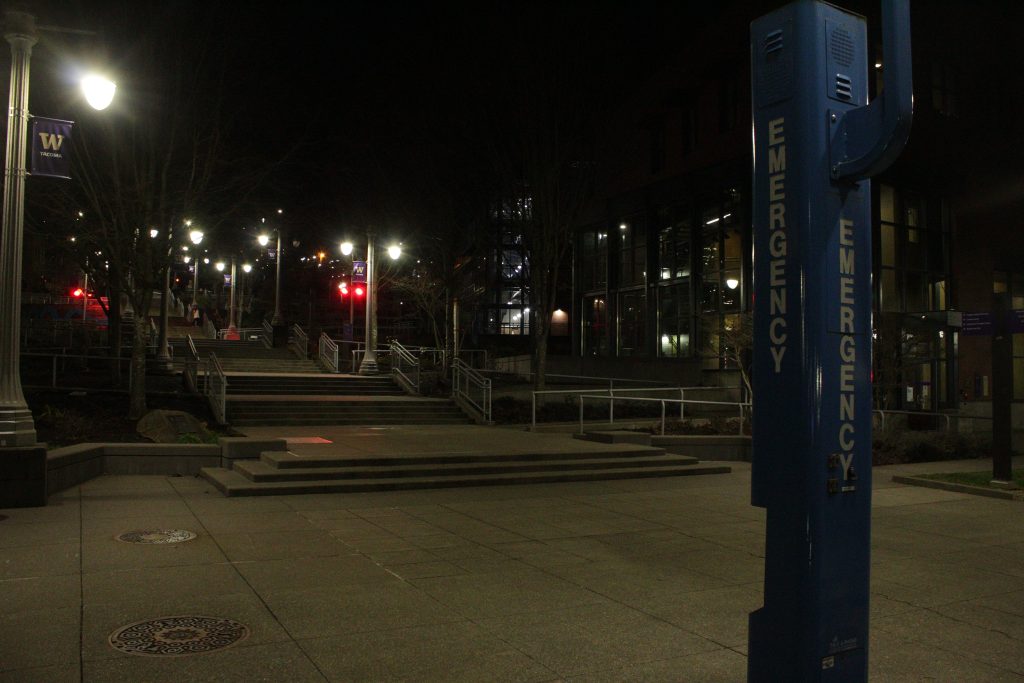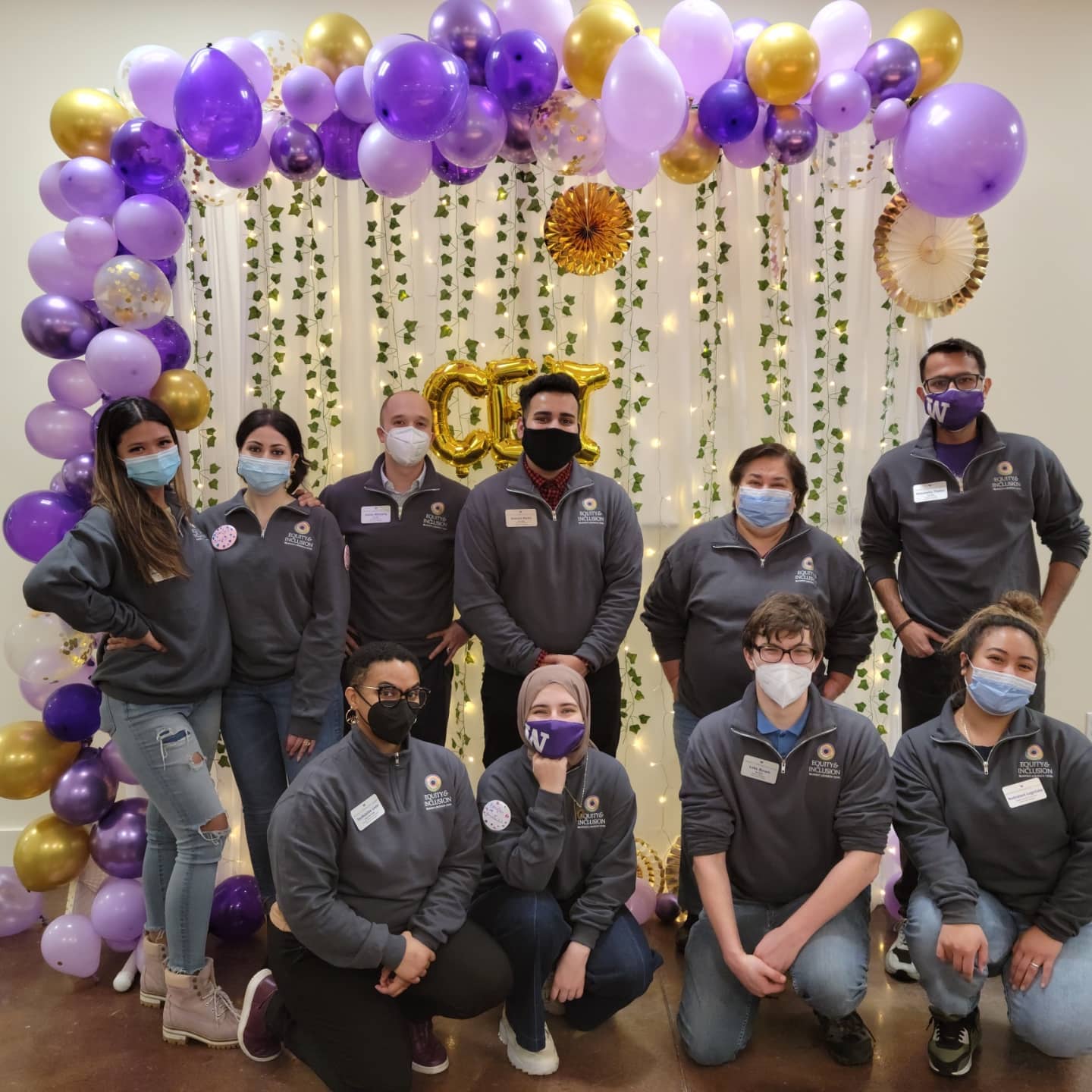Campus safety: what every student needs to know
Resources, helplines, and tips to promote and encourage students to stay safe while on campus.
College campuses are generally safe, but it is beneficial to know what actions and investments a college takes to prepare students for emergencies, unexpected events, personal safety and anything else that can deter a student away from their studies.
From 2009 to 2018, the number of on-campus crimes decreased from 34,100 to 28,500, according to the National Center for Education Statistics.
Although there was a decrease in on-campus crimes, 28,500 is still a large number when talking about on-campus crimes. Due to the prominent reputation of on-campus crimes, campus safety has become a large factor for students applying for college and accepting admissions offers.
Second-year student Korin Urtezuela, psychology major, was asked to share her experience when she was considering the University of Washington Tacoma campus.
“It’s important to feel safe in the city you live in,” Urtezuela said, “Especially as a woman living today, we’re easier targets for crime and harassment. Being protected and kept secure can definitely affect your college experience. I would consider whether or not you’re able to walk around in the city alone and stay safe, how high the crime rates are and if your school is placed in a safe location.”
UW Tacoma offers many safety resources including emergency communications resources, personal safety resources and evacuation and common safety scenarios.
One of the most convenient on-campus safety resources is the SafeCampus call line. SafeCampus is not the same as calling the police. According to its website, it focuses on guiding students, staff and faculty through uncomfortable situations and listens to their concerns. It even offers in-person training that helps prepare students, staff or faculty for difficult or uncomfortable situations that can be avoided or eased.
According to the www.washington.edu/safecampus site, SafeCampus can be reached out for inappropriate behavior from students, staff or faculty, verbal or online threats, neglect or abuse of a minor or sexual assault/sexual harassment/stalking or relationship violence.
Another campus safety resource available on the SafeCampus website is the campus evacuation map. The evacuation map is meant to be used for emergencies like fires, carbon monoxide poisoning, etc. The campus evacuation map includes assembly points, heart defibrillator and emergency phone locations and symbols. It can be useful to store this map in your phone for any emergency instances.
For more information about campus safety resources please visit the Campus Safety and Security page located on the UW Tacoma website. If one needs to report a crime or suspicion that impacts someone’s safety, contact campus safety and security at uwtsafe@uw.edu.



